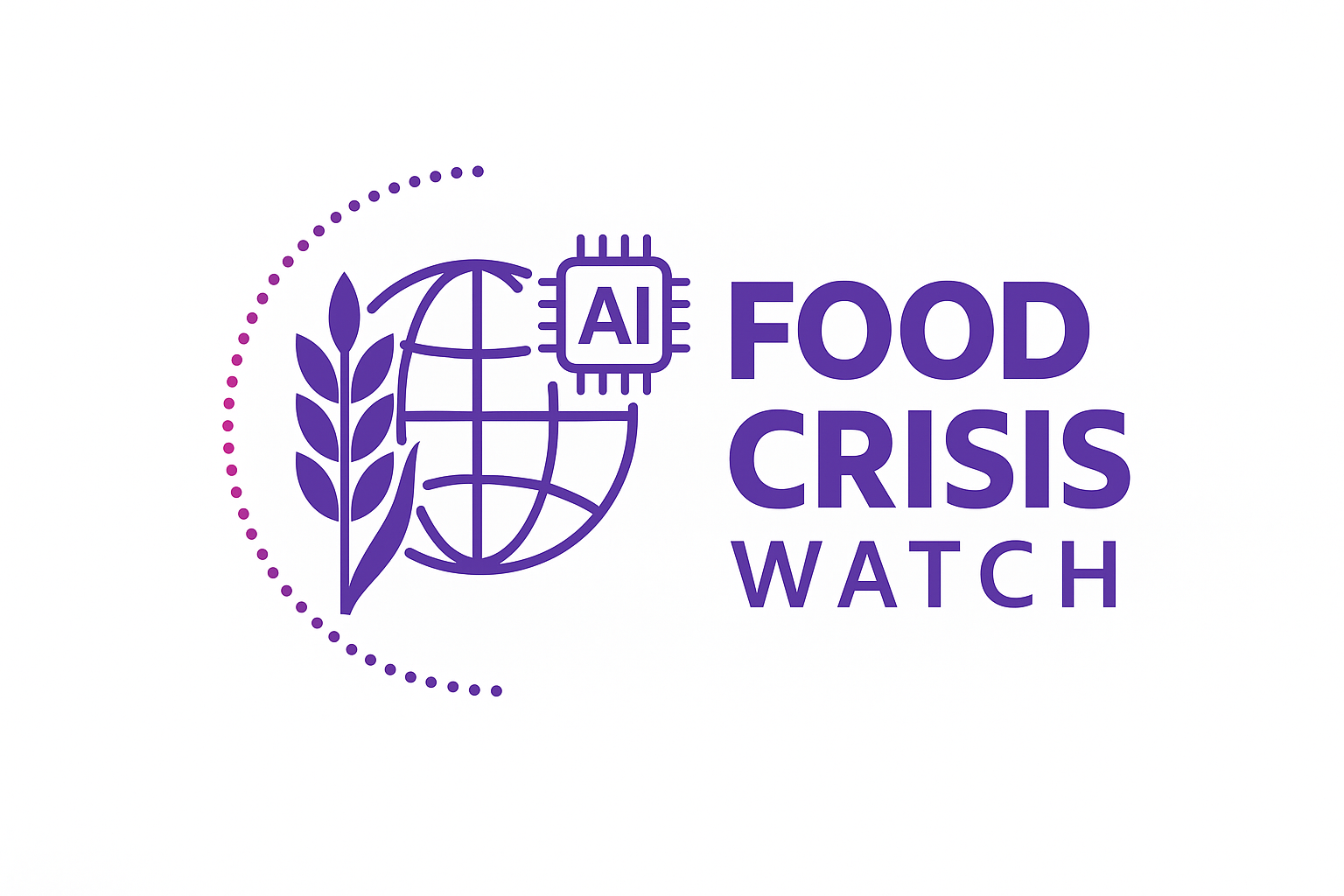The Prediction of Food Crisis Risks project brings together a suite of AI-driven tools that use data and machine learning to forecast hunger before it strikes. Each tool addresses a different aspect of food security—from global crisis prediction models and high-frequency country analyses to price-based early warning systems and interactive dashboards. Together, these tools help researchers, governments, and humanitarian partners act sooner and target responses more effectively, turning data and technology into real-world resilience against food crises.
Forecasting Food Crises with Geo-AI Models
Researchers from IFPRI, in collaboration with the University of Maryland, are developing new artificial intelligence models to forecast food crises months before they occur. Led by Weilun Shi with Yanyan Liu and Yiqun Xie, the work focuses on predicting when areas may reach IPC Phase 3 or worse—the point at which food insecurity becomes a humanitarian emergency.
Enhancing Food Insecurity Predictions in Myanmar Through High-Frequency Data
Researchers at IFPRI are exploring how machine learning and satellite data can help monitor food insecurity in conflict-affected and data-scarce regions. In Myanmar, the team led by Joe Guo is combining high-frequency household surveys with open-source satellite imagery to create detailed maps of welfare and vulnerability. The project builds on the Myanmar Household Welfare Survey, which covers more than 300 of the country’s 330 townships and over 3,000 village tracts.
Preventing Food Crises Using Price Signals
In regions where markets tell the first story of scarcity, prices can serve as powerful early warnings. Fousseini Traoré, together with Catherine Araujo Bonjean and Insa Diop, is developing a new tool that uses food price movements to detect and help prevent food crises in West Africa. Drawing on market data from Mali, Burkina Faso, and Niger, the research identifies “leading markets” whose price trends influence surrounding areas. When these prices begin to rise unusually fast, they often signal an impending shortage.
Food Crisis AI Dashboard
Turning complex data into actionable insight, the Food Crisis AI Dashboard—developed by Soonho Kim and Sediqa Zaki—serves as the central platform for visualizing outputs from all components of the Prediction of Food Crisis Risks project. Designed to make advanced prediction models understandable to non-technical users, the dashboard integrates results from global forecasts, high-frequency country analyses, price-based early warning models, and climate–ecosystem studies.
